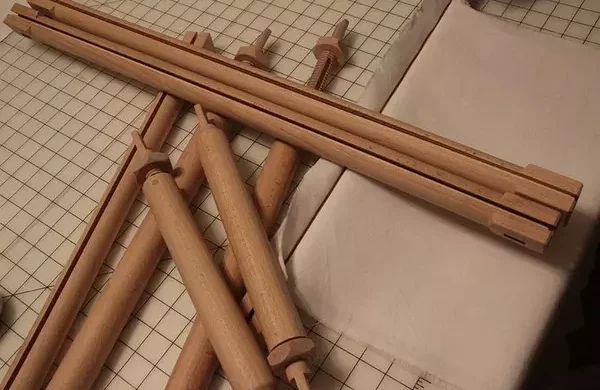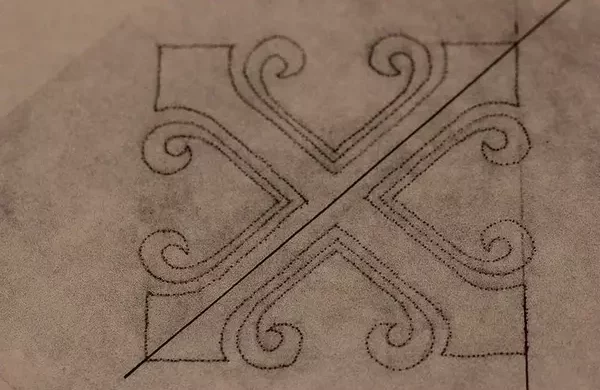
Technical Difficulties and Framing Dilemmas
Embroidery framing plans face setbacks due to sizing mismatches with Millennium and Evertite Frames. Technical challenges require a new approach. The starting a new Ecclesiastical embroidery project continues with optimism, but obstacles emerge in frame selection and sizing. Despite encountering disappointments the determination to overcome these challenges and find suitable solutions remains steadfast.


You must be logged in to post a comment.